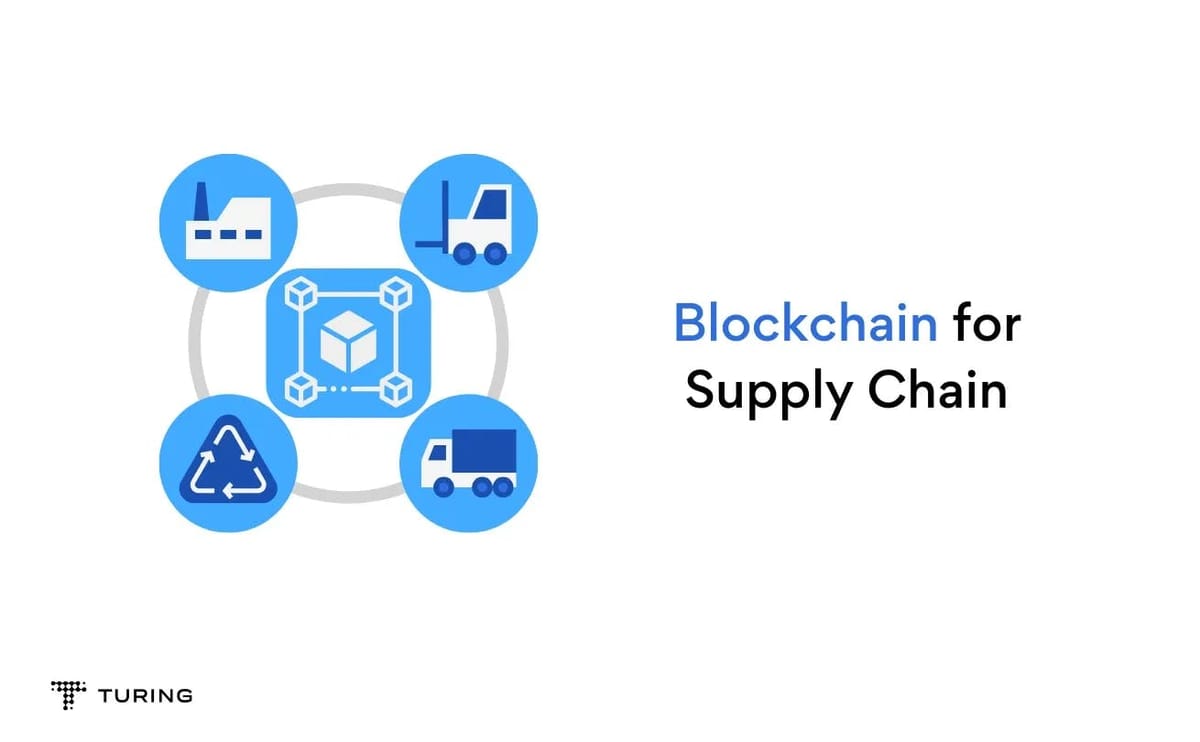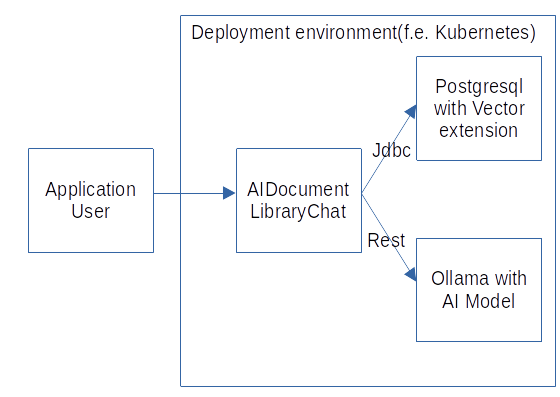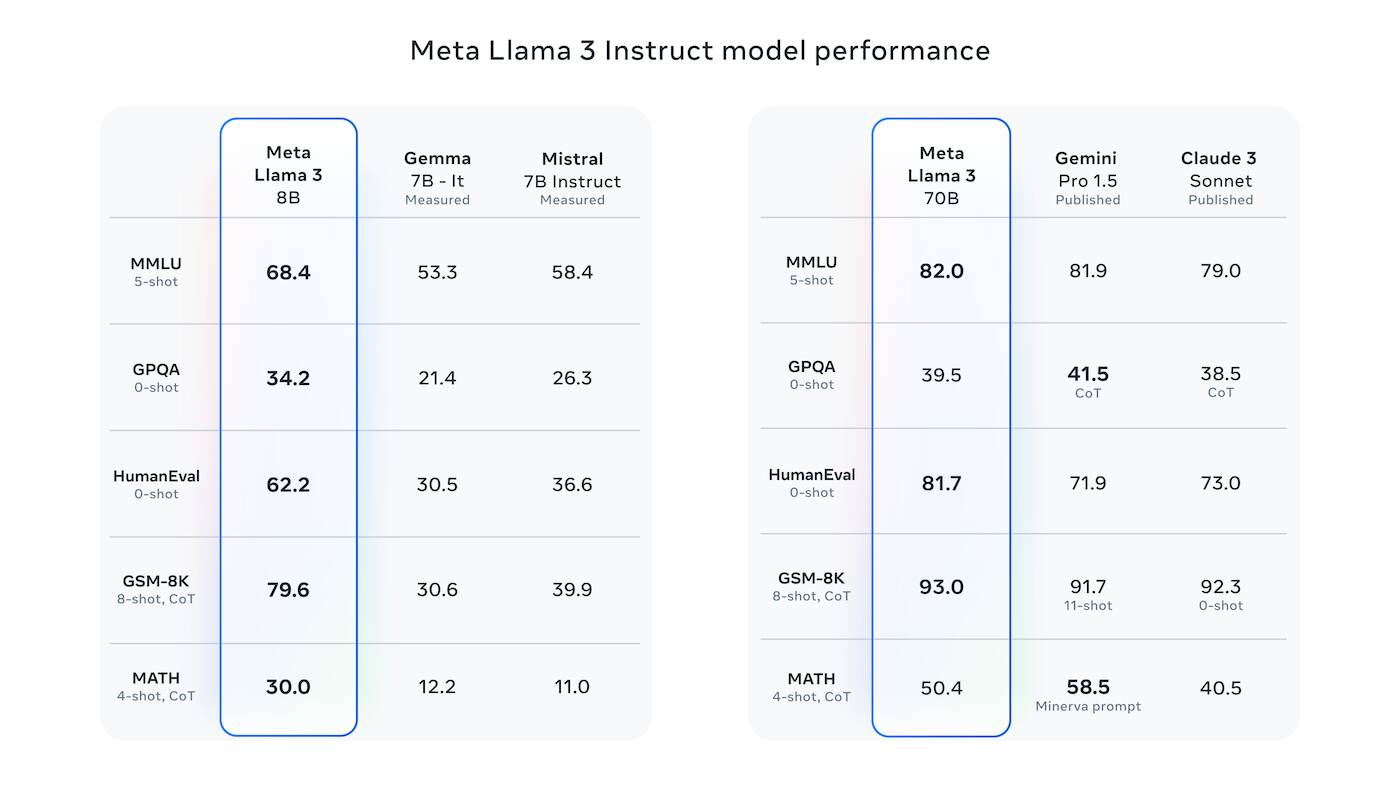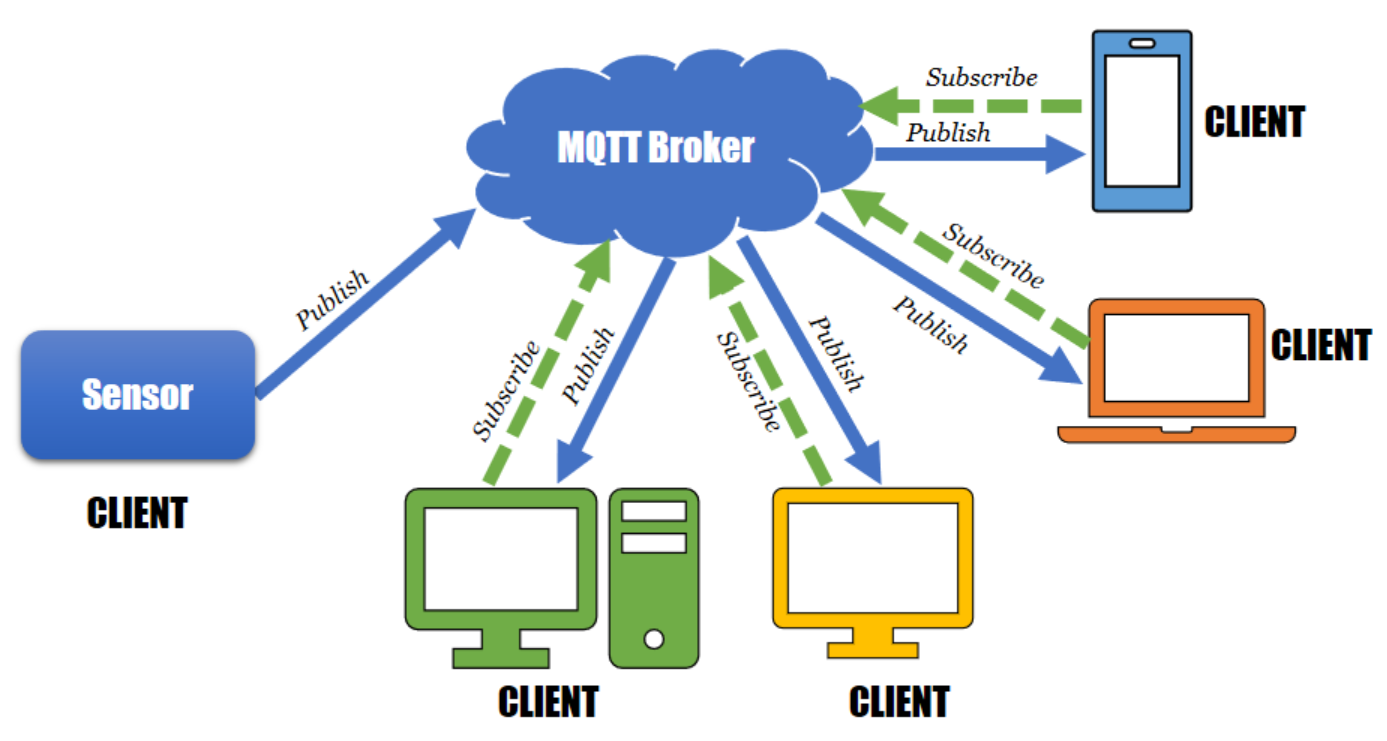Blockchain in Supply Chain Management - Transparency and Efficiency Gains in 2024

The global supply chain, a complex network of interconnected businesses and processes, is undergoing a significant transformation in 2024. Driven by the need for greater transparency, efficiency, and security, businesses are increasingly turning to blockchain technology to revolutionize how goods are manufactured, tracked, and delivered.
Understanding the Blockchain Advantage in Supply Chain
Blockchain, in essence, is a distributed ledger technology that enables secure, transparent, and tamper-proof recording of transactions across multiple parties. This inherent characteristic makes it particularly well-suited to address some of the longstanding challenges within supply chain management:
1. Enhanced Transparency and Traceability:
Traditional supply chains often lack visibility, making it difficult to track products and verify their origins. Blockchain provides a shared, immutable record of every transaction, from raw material sourcing to final product delivery. This enhanced transparency allows consumers to verify the authenticity and ethical sourcing of products, fostering trust and accountability.
For example, a 2023 study by IBM found that 71% of consumers are willing to pay a premium for brands that offer transparency in their supply chains.
2. Improved Efficiency and Reduced Costs:
By streamlining processes and automating tasks, blockchain can significantly improve efficiency and reduce operational costs. Smart contracts, self-executing contracts coded on the blockchain, can automate payments, inventory management, and other manual processes, minimizing delays and human error.
According to a report by Gartner, blockchain-enabled supply chains could lead to a 30% reduction in document processing costs and a 50% decrease in trade finance costs by 2025.
3. Enhanced Security and Reduced Fraud:
The decentralized and immutable nature of blockchain makes it highly secure and resistant to fraud. Each transaction is cryptographically secured and linked to the previous one, making it extremely difficult for malicious actors to alter or tamper with the data. This enhanced security is crucial for combating counterfeit products and ensuring the integrity of supply chains.
Real-World Applications: 2024 and Beyond
The adoption of blockchain in supply chain management is rapidly gaining traction across various industries:
- Food and Beverage: Tracking the origin and safety of food products, reducing food waste, and combating counterfeit goods.
- Pharmaceuticals: Securing the pharmaceutical supply chain, preventing counterfeit drugs, and ensuring the integrity of temperature-sensitive medications.
- Automotive: Tracking parts and components throughout the manufacturing process, improving supply chain visibility, and reducing counterfeiting.
- Luxury Goods: Authenticating high-value items, combating counterfeiting, and providing consumers with proof of authenticity.
Looking Ahead: The Future of Blockchain in Supply Chains
As blockchain technology continues to evolve, its impact on supply chain management is only expected to grow. Several key trends are shaping the future of this transformative technology:
- Increased Interoperability: Industry consortiums and standardized protocols are fostering greater interoperability between different blockchain platforms, enabling seamless data sharing across supply chains.
- Integration with Emerging Technologies: Blockchain is converging with other cutting-edge technologies, such as artificial intelligence (AI), the Internet of Things (IoT), and big data analytics, to create even more powerful and efficient supply chain solutions.
- Focus on Sustainability: Blockchain is being leveraged to enhance sustainability in supply chains by tracking the environmental impact of products, promoting ethical sourcing practices, and reducing waste.
Concluding Thoughts
Blockchain technology is poised to revolutionize supply chain management, ushering in a new era of transparency, efficiency, and security. As businesses continue to embrace this transformative technology, we can expect to see more innovative use cases emerge across industries, ultimately benefiting businesses, consumers, and the global economy.


















Comments ()